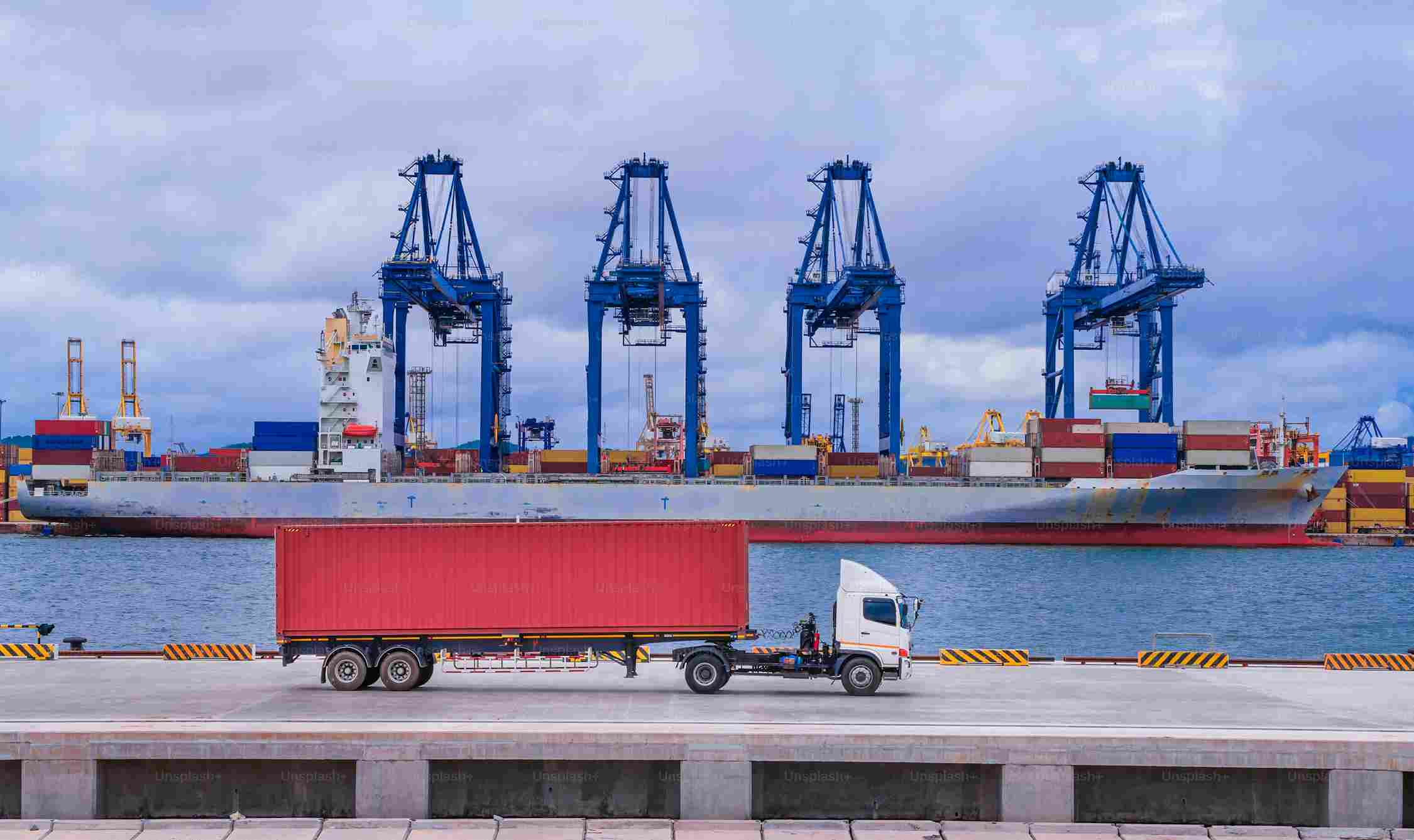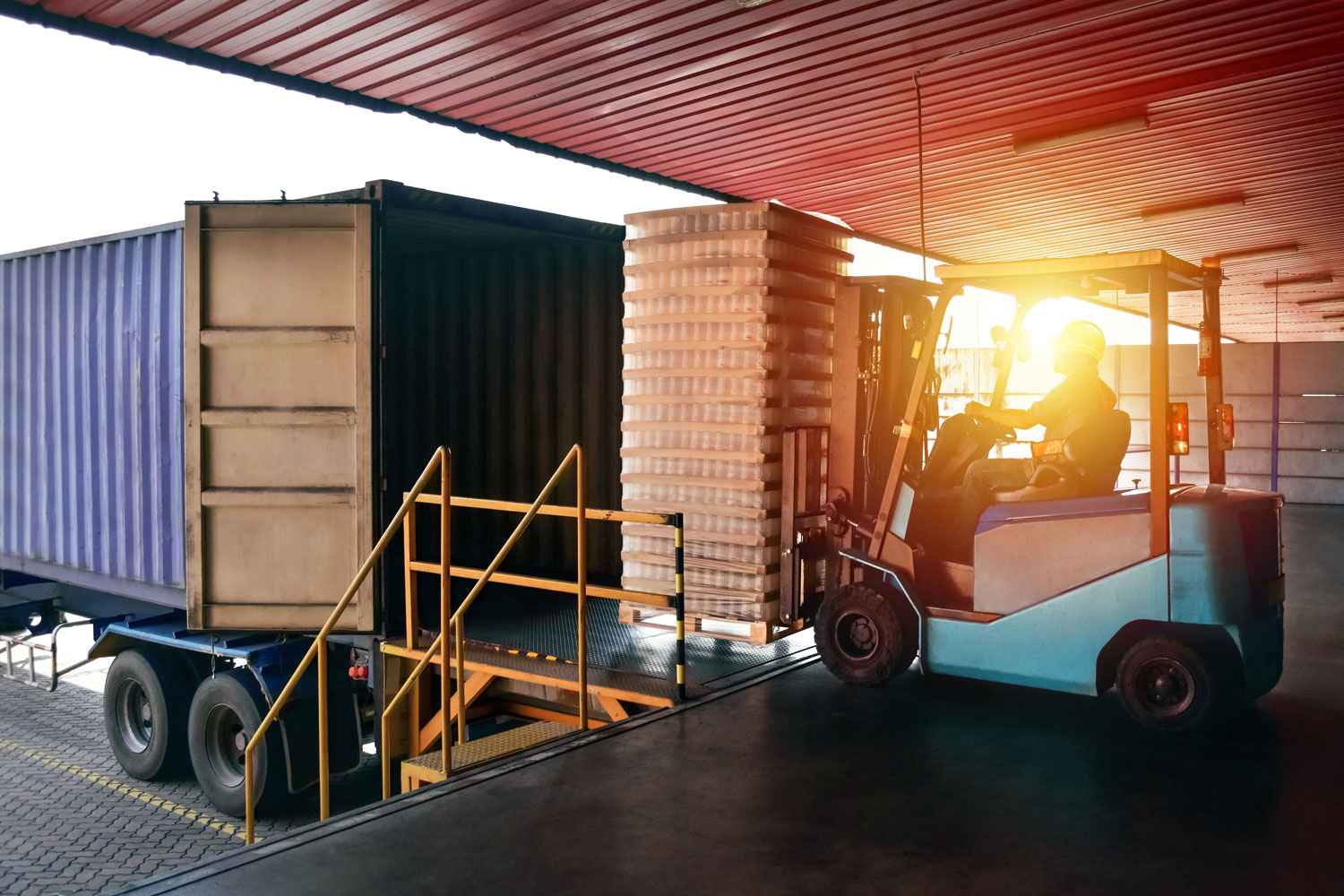
Article content:
Incoterms are international rules governing delivery terms. They define the responsibilities of the parties for transportation, customs clearance, and insurance. One of the popular terms is Delivered at Place (DAP). We have already discussed FOB and FCA in detail, and today, our experts will explain what DAP includes and when it is most advantageous.
DAP is an agreement in which the seller commits to delivering goods to an agreed destination. Unlike other Incoterms, this can be another country: a warehouse, a pickup point, or any other location where the goods can be received.
For example, you purchase equipment from a German company, and the contract specifies delivery under DAP (Delivered at Place) terms to Kyiv. This means that the seller organizes transportation and handles export formalities, but their responsibility ends at the agreed delivery location. Once the goods arrive in Ukraine, unloading, customs clearance, and payment of duties become the responsibility of the Ukrainian buyer.
It is important to understand that under DAP, the seller is responsible for the goods until they reach the designated location. This distinguishes it from CPT (Carriage Paid To), where responsibility shifts to the buyer once the goods are handed over to the first carrier.
The terms are even clearer when considering the example of regular parcels from China. The seller finds the carrier, handles packaging and arranges export. The recipient’s task is to pick up the parcel at the delivery point and pay customs duties if they exceed the limit. A similar principle applies to commercial shipments.
DAP delivery is highly flexible. The goods arrive not only in the buyer’s country but at any agreed location. For example, a supplier can deliver goods to a port in Poland under DAP terms, to a warehouse, or to a specific address. Once delivered, the responsibility transfers to the recipient, who can then arrange further transportation, either by hiring a carrier or using their own transport.
DAP terms are useful in the following situations:
When DAP Is Not Advantageous
Now, let’s compare different Incoterms that our DiFFreight experts have previously discussed:
The seller is responsible for delivery to the port of departure and for loading the goods onto the vessel. After that, all risks and costs transfer to the buyer. This term is used exclusively for sea shipments.
The supplier hands over the goods to the carrier at a specified location (such as a terminal or warehouse). From that point, all risks transfer to the buyer. Loading is optional, depending on the handover location. This term applies to various transport types.
The seller arranges transport, handles delivery, and covers insurance costs up to the agreed location. Upon arrival, responsibility shifts to the importer. The seller is not responsible for unloading.

The 2020 version of Incoterms kept DAP mostly unchanged but clarified certain aspects. The latest edition explicitly distinguishes responsibilities in customs clearance. It also confirms that the DAP term applies to all modes of transport. Additionally, it specifies that unloading is the buyer’s responsibility.
While Delivered at Place is a convenient option, it comes with certain risks:
Incoterms DAP is generally beneficial for small businesses. For large shipments, especially from multiple suppliers, another model may be more suitable. Not sure which option is right for you? Schedule a consultation with the logistics professionals at DiFFreight. We offer competitive rates for all types of cargo transportation, consolidation services, and even warehouse storage solutions. Don’t take unnecessary risks—choose a reliable logistics partner!

